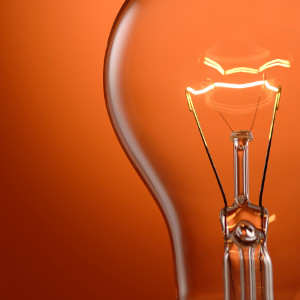A range of technical factors need to be considered when planning a hydroelectric power plant: the amount of power that can be generated, the type of hydropower that can be produced and the ability of the hydropower plant to meet changing electricity demands at short notice.
All these factors can help developers decide whether a plant is technically and/or economically feasible and better aid decisions on whether to invest funds in exploiting lakes and rivers for electricity generation.
Calculating power from hydroelectric plants
Before a hydroelectric power site is developed, engineers compute how much power can be produced when the facility is complete. The actual output of energy at a dam is determined by the volume of water released (discharge) and the vertical distance the water falls (head). A given amount of water falling a given distance will produce a certain amount of energy.
The head and the discharge at the power site and the desired rotational speed of the generator determine the type of turbine to be used. The head produces a pressure (water pressure). The greater the head, the greater the pressure to drive turbines. This pressure is measured in pounds of force (pounds per square inch). More head or faster flowing water produces more power. To find the theoretical horsepower (the measure of mechanical energy) from a specific site, engineers use the following formula:
THP = (Q x H)/8.8
where THP = theoretical horsepower; Q = flow rate in cubic feet per second (cfs); H = head in feet; 8.8 = a constant
A more complicated formula is used to refine the calculations of this available power. The formula takes into account losses in the amount of head due to friction in the penstock and other variations due to the efficiency levels of mechanical devices used to harness the power. To find how much electrical power can be expected, it is necessary to convert the mechanical measure (horsepower) into electrical terms (watts). One horsepower is equal to 746 watts.






